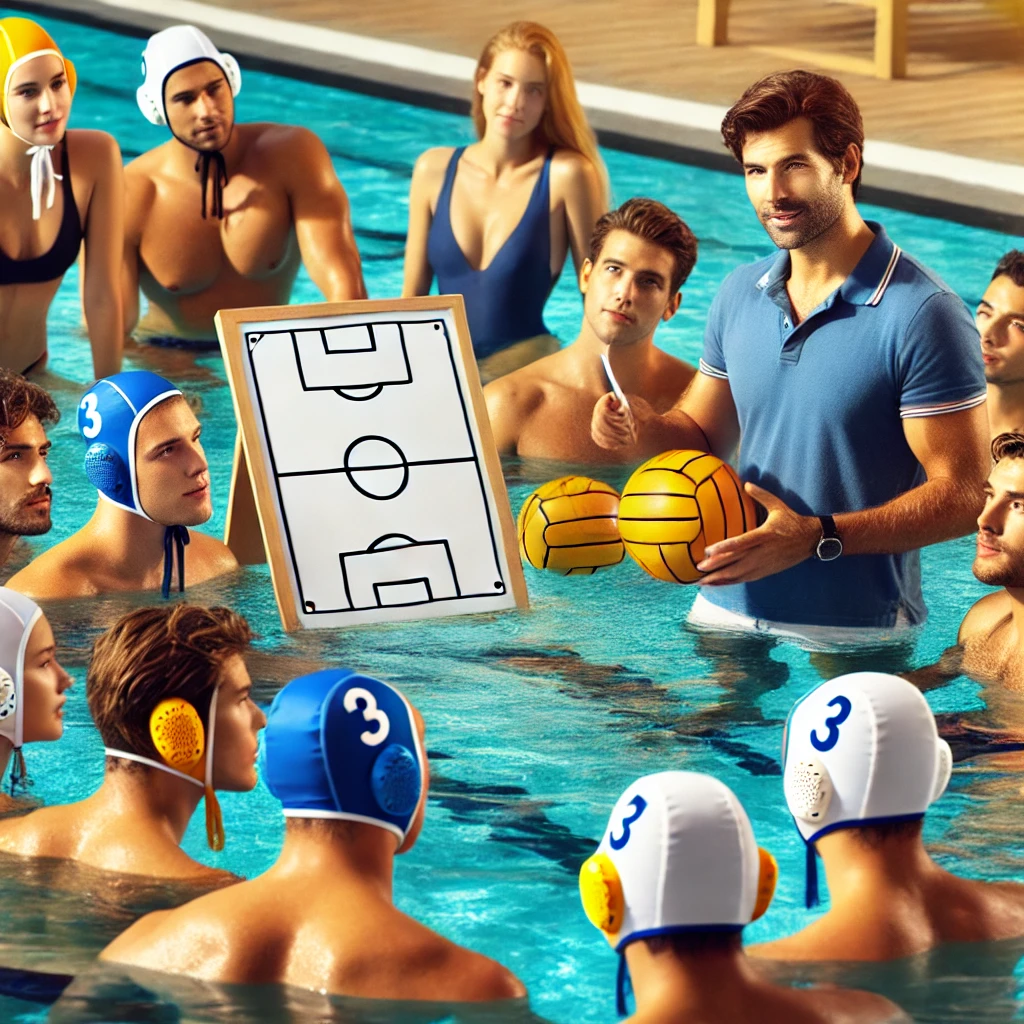Imagine a sport where the elegance of swimming meets the tactical complexity of soccer, all set in the challenging swimming pool arena. Welcome to water polo! It is a game where players exhibit remarkable endurance, skill, and a bit of aquatic acrobatics to outscore their opponents. Unlike Marco Polo, the only thing you will be searching for here is victory through a fascinating mix of rules that govern this dynamic sport.
Setting the stage for a watery showdown
Water polo unfolds in a rectangular pool, with dimensions typically around 30 meters by 20 meters, though sizes can vary. Teams consist of seven players each, including a goalkeeper, all ready to swim, pass, and shoot their way to glory.
The game spans four quarters, each lasting about eight minutes. However, time in water polo is like time in a hot tub — it flies when you are having fun (or intensely strategising to score the next goal).
No splashing, just passing
In water polo, players showcase their ability to handle the ball with one hand. This rule separates the novices from the Nemos. Passing the ball or shooting at the goal requires precision and skill, all while treading water or swimming.
The ball, a yellow orb of opportunity, can be advanced by passing among teammates or swimming with it, though you will not see any dribbling here — it is too wet for that.
Scoring and goalkeeping
Scoring in water polo might seem straightforward — get the ball into the net. However, the presence of a highly skilled goalkeeper turns this task into a strategic challenge.
The goalkeeper is the only player allowed to use both hands within the 5-meter area. They usually act as the final bastion against scoring attempts. Finding the back of the net requires teamwork, cunning, and sometimes a bit of trickery, much like sneaking up on someone in the pool without causing a ripple.
The slippery slope of discipline
Water polo has its fair share of fouls, ranging from minor infractions like impeding an opponent to major no-nos like sinking or pulling back a player. Minor fouls result in the opposing team gaining possession of the ball. Major fouls can lead to exclusions or penalty shots.
Imagine holding onto soap in the bath. That is how slippery maintaining discipline in water polo can be.
The exclusion area
Committing a major foul can result in a player being excluded for 20 seconds, forcing their team to play with one fewer member during this time. This area is known as the penalty box in other sports. It serves as a temporary holding pond for rule-breakers. It is a place to reflect on the virtues of fair play or catch your breath before diving back into the fray.
Conclusion
Water polo combines physical prowess with strategic depth, all set against a challenging aquatic environment. Understanding the rules of water polo opens up a world of appreciation for the sport’s intricacies. It is a game that proves you can indeed be graceful, strategic, and fiercely competitive, even with pruney fingers.
By familiarising yourself with the rules, you will enhance your viewing experience and prepare yourself for perhaps jumping into the pool and trying the sport. Remember, the only thing more profound than the pool in water polo is the strategy!
